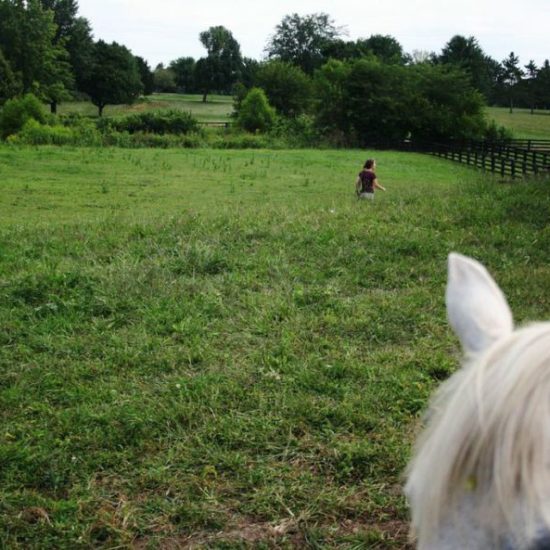A few months ago, I was going through a tough time, and I grasped for one of my closest friends for comfort who I knew could relate to what I was going through. I asked her what she does to quell the sad feelings and emerge from the despair of damaging and hopeless thoughts. Her reply blossomed into a guest post that I’m happy to share with you today. Please enjoy, and I’d love to hear how about how you remove yourself from the swirl of negative thoughts and find that space of comfort again:
There is an art to curing sadness. The kind of sadness that descends like a storm rolling slowly toward you over a hill, past the precipice where it could have jumped off. There will always be this point, although the size of the jump varies. When sadness doesn’t immediately drop off, if smiles or dessert are not enough, when you are stuck with an ache in your chest that seems to grow by the minute, a decision needs to be made: do something to dissipate the sadness or hope it passes.
What to do when you are sad sounds like such a simple question, right? Yet, the simple problems of life can be some of the most difficult to wrap your head around, because we so often brush them off. I look at sadness as a spectrum. In the middle of the spectrum is normal, everyday sadness. On the far right end is sadness when it becomes diseased—depression, a disease that is perplexing, frustrating, and sometimes devastating to those who experience it. Depression and sadness are not the same thing, but I believe there is something to be learned about responding to sadness from those who experience depression.

 Photos by Mario Ashkar Film
Photos by Mario Ashkar Film
I can feel depression wrap its dark cloud around me, cutting me off almost entirely from the world. My head starts to sink below the water. There is a light; it is just big enough to stick a hand through and pull myself to the other side. If I start when there is energy left in me, my chance of climbing through is greater. I know something I am lucky to realize—I have to get out. Open my eyelids, shake off the salt. At this point, I can escape. I can decide to be happy because happiness, for the most part, is a decision.
I am not saying it is easy to ward off depression. Sometimes trying to dissuade the darkness just doesn’t work. The feeling is at times like a familiar friend. There’s an inclination to fall into it, to let the dark cloud hold me because it’s familiar at a time when I desperately need something familiar. Still, because I know the drop will be steep and possibly catastrophic, I made up my mind long ago that I cannot stand by and let sadness fester.
When the storm approaches, I take time to reorient myself and my priorities. I reach back to the basics. What is important in life and what makes you happy? For me, it’s my friends and my horse. Having a few good people to lean on is imperative, but it can’t be one way. At times, you will need to hold their sadness in your hands the same way they hold yours. As far as the horse goes, riding is a passion that encourages me to unload my mind. I feel myself releasing tension. Riding is exercise, and the act of my body moving seems to contribute to its role as my release. With riding, I change the direction of my mind toward something positive. This is key—having a hobby that you can get completely lost in. Your mind needs to return to a blank state.
The friends are there for support, but in the end, it is your sadness to control. So this is my advice: get away from what you feel is constricting you, feel the wind around your body and lose yourself in the world. Crawl back to the basics of the person you know you are. Steady yourself in this and keep moving forward.
We generally approach sadness as something to avoid. The goal of life is to be happy, right? But it’s important to have some amount of sadness. It forces you to stop and reset your frame of mind. Discontent can be beautiful if the outcome is more than fear or fake cheer. The nerves in our brains form synaptic connections during traumatic moments; sadness leaves a sting in our memory. This is a driving force, a source of energy in our lives, something that might be lost if we always believed life was puffy clouds and unicorns.
Because you remember the sadness, the happy moments leave a stronger impression on you. The sun on your skin can feel brand new. Being in tune with little moments like this is an important part of life. It is what it means to be human.
So appreciate sadness for what it allows you to see. Feel the sadness completely and then realize the time you spend dismantling it and how you do this is important.


Rachel is a writer and scientific researcher. She is fascinated by mental illnesses and currently researches the science of stress. She believes people should educate themselves about their minds and bodies. In her free time, she writes poems, sometimes about science.





